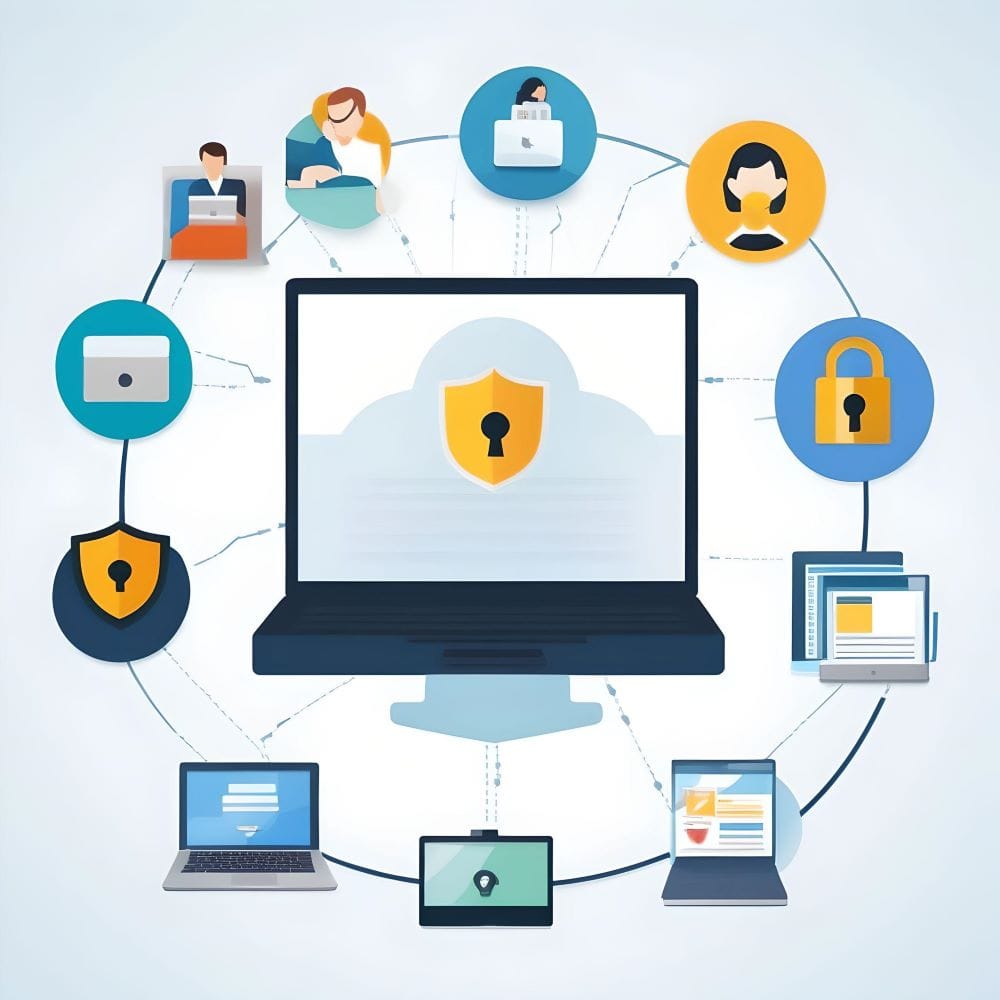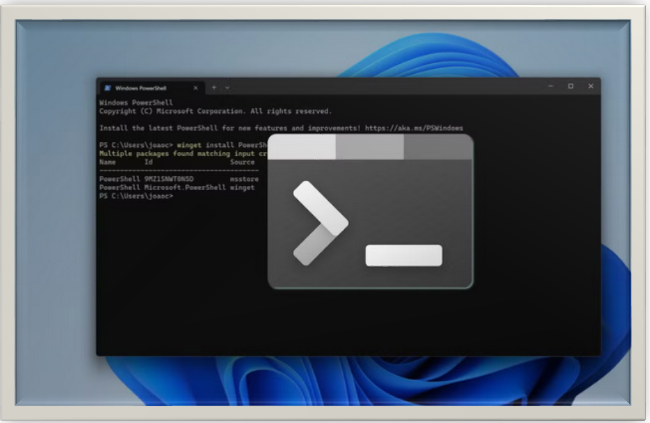Unveiling the Future: Hot New Trends in Cybersecurity Tech!
In the age of evolving cyber-threats, it takes modern cybersecurity technologies for the defenders to be one step ahead. Here, we discuss the recent technologies in cybersecurity.

INTRODUCTION
In the age of evolving cyber threats, attackers hone their approaches and exploit uncovered vulnerabilities. It took modern cybersecurity technologies for the defenders to be one step ahead. This is a fast weapon that can beat the constantly changing threat area. The recent technologies in cyber security are discussed herein, highlighting facts on how a business would secure its defenses against evolving threats.
Current developments in artificial intelligence for cybersecurity:
The rise of AI has transformed threat intelligence by enabling rapid analysis of large data sets. This technology helps organizations prepare for and track new risks, providing real-time insights that improve their security. Machine learning is essential for spotting unusual activities, which can prevent cyber-attacks before they inflict damage. Here are some key benefits:
- Early Threat Detection: AI systems can recognize patterns and odd behaviors, helping organizations anticipate threats before they occur. Picture a watchful protector always looking out for digital threats instead of just responding to breaches.
- Streamlined Vulnerability Management: AI-powered scanners thoroughly check systems for weaknesses, focusing on critical issues that need fixing to stop hackers. This not only boosts security but also lets human analysts concentrate on larger strategic objectives.
- Rapid Incident Response and Investigation: If a security breach happens, AI quickly assesses the attack's details and source, aiding in effective containment to reduce harm. Think of it as a detective with quick thinking, following digital clues to create a detailed report on the reasons behind the attack.
Latest trends in Zero Trust Architecture for cybersecurity:
The conventional network security models are failing to withstand advanced attacks that rely on trust perimeters.
After the principle of "Never trust, always verify," Zero Trust Architecture is gaining acceptance. This method requires certification from anyone attempting to approach assets regardless of location this hurdles, if at all possible, perimeter-based security Zero Trust provides a better defense against unauthorized access due to its prevalence in remote work. This corresponds to:
· Micro-segmentation: Segmenting the networks into smaller, isolated regions limits blast radius and impedes lateral movement. Consider it as a conquering destruction of impregnation into autonomous citadels fiercely protected from enemies.
· Least Privilege Access Control: All access requests are reviewed, and privileges set to a minimal level required for the function performed by user approval is given. The “need–to–know” access principle drastically reduces the attack surface and eliminates privilege escalation.
· Perpetual Identity and Access Management (IAM): This architecture combines identity monitoring and remediation along with privilege revocation to ensure that illegal access is immediately removed while privileges remain current. They can view it as a changing ‘watch list’ to identify anyone who might be masquerading around in an everyday guise.
Latest trends in Cloud Security Posture Management (CSPM) for cybersecurity:
The use of cloud services has also made CSPM an essential trend. This approach rectifies the misconfigurations that can lead to data breaches and ensures the safe arrangement of cloud infrastructure. CSPM technologies ensure a strong security posture by continuously monitoring cloud environments, while also providing automated remediation. For effective cloud security. Companies need to use:
· Cloud Access Security Brokers (CASBs): Monitoring and controlling access to cloud data and applications are made possible by these gatekeepers, who ensure compliance while preventing unauthorized entry. Think of them as cloud-based control towers, traffic management, and safety assurance.
· Containerization technology: Programs are contained in separate containers, which minimizes their ecological footprint and enhances security and scalability. So that the fires of a hacked application do not spread, one should consider each such an isolated and safe pod.
· Data Encryption at Rest and in Transit: Information is secured in storage and transmission to minimize the probability of disclosure even when an attack takes place. Think of data layers protected with multiple layers of digital armor that can open only if one possesses the key.
Extended Detection and Response (XDR) for cybersecurity:
XDR is an enhanced form of EDR systems, which underpins cybersecurity. It integrates various security components into a single interface like NDR, EDR, and the rest. This approach to threat detection, investigation, and action benefits the whole IT ecosystem.
Blockchain for Cybersecurity:
It appears that with its inherent decentralized nature, blockchain technology found some of the applications beyond cryptocurrencies in cybersecurity. Blockchain technology is the expected solution to data integrity, identity protection, and unbreakable transaction history. Blockchain adds one more layer of transparency and confidence to cybersecurity strategies.
Multi-Factor Authentication (MFA) Evolution for cybersecurity
MFA is moving forward in response to credential threats. Behavioral analysis, adaptive authentication, and biometric authentication are also becoming popular. However, these advanced MFA methods increase security and do not detract from the user experience by making it more difficult for a non-authorized individual to gain entry.
Securing the IoT Frontier for Cybersecurity
The rapidly growing IoT ecosystem is a vast new platform for attack. To protect this globalized planet, we require:
· Device Security by Design: In this respect, secure boot, firmware updates, and advanced level encryption at the bottom of IoT devices have become more crucial. Treat each device like a little fort, which protects it.
· Network Segmentation and Access Control: The segregation and constriction of the Internet. It is also worth disconnecting the smart fridge from the financial system to ensure that a corrupted device cannot interfere with essential activities.
· Threat Intelligence and Monitoring: Even with proper threat intelligence feeds and constant monitoring of IoT devices to detect suspicious activities, it is easy to identify potential attacks before they blow up into a larger problem. Thus, consider it a system of watchtowers watching for signs of penetration into the digital realm.
Endpoint cybersecurity Reinforcement:
With remote work becoming increasingly popular, endpoints remain one of the main targets for cybercriminals. However, advanced endpoint security features go beyond standard antivirus protection in the form of application management; behavioral analysis techniques; and end-point detection and response mechanisms to provide further fortification against complex cyber-attacks.
Quantum Computing Conundrum for Cybersecurity:
Although quantum computing although still in its infancy has the potential to revolutionize current encryption approaches and create a significant threat toward the future. To get ready for this possible paradigm change, companies ought to:
Research and Development for Post-Quantum Cryptography: Sponsoring the development of impregnable post-quantum encryption solutions
CONCLUSION
However, to stay current with the latest trends in cybersecurity is essential for companies that desire to safeguard their virtual assets. Implementing advanced innovations such as Blockchain, AI-informed threat intelligence, and Zero Trust Architecture may provide active protection against the constantly evolving nature of cyber threats. These trends enable organizations to cope with the dynamic cybersecurity landscape through resilience and confidence.
Thanks for reading.
If you like the article, consider sharing and subscribing. ;)




